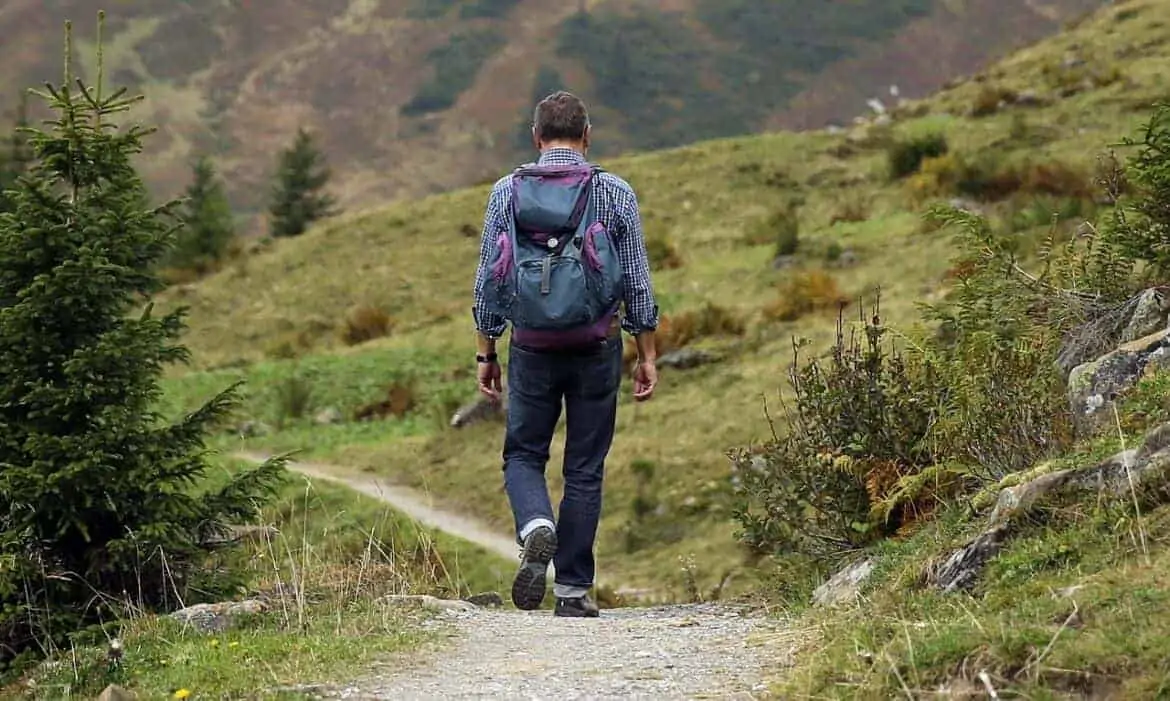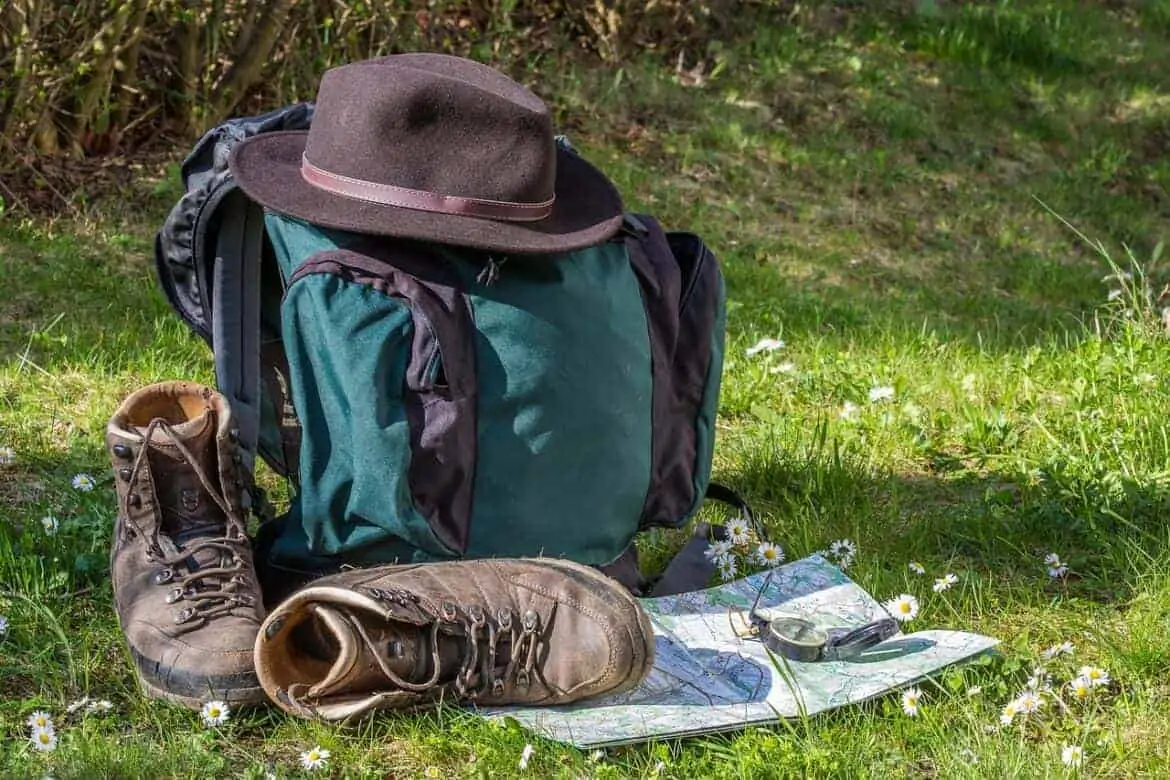The Appalachian Trail is almost 2, 190 miles long, passes through 14 states, eight different national forests, six national park units and numerous state parks, forests, and game lands. This summer a few different people I know happened to be hiking the Appalachian Trail. One group, hiked just a portion of the trail over the course of 30 days and the other group hiked the entire trail over the course of the summer. Seeing their journeys via social media inspired me to plan my own hike with my family when my children are a bit older. We haven’t decided how much, how far, or how long but I’ve started looking into the logistics hiking and camping.
Whether you’re hiking the AT, your local state forest, a National Park or camping in the great outdoors it’s important to give special consideration to your health, safety, food, water and gear. We have all heard horror stories where novice and experienced hikers alike have planned a quick hiking trip only for disaster to strike, quickly putting them in a perilous position. It’s important to follow these 7 tips for the beginner hiker whether you’re day hiking or planning a long-term hike.
7 Tips For the Beginner Hiker
Practice.
Day hiking takes practice and conditioning if you want to build up to more strenuous and challenging hikes. Start out by hiking once or twice a week at a local park with a few short trails not too far from your home. Hiking your local trails allow you to develop proper footwork, test out gear, practice your planning hikes and build your muscles.
Hydrate.
If watching a dozen survival shows on the Discovery channel has taught me anything, its how quickly dehydration can set in. One of the most common mistakes hikers make is not carrying enough water. Did you know you should plan on carrying about 1 liter for every two hours at minimum? You may even need more depending on the time of year, difficulty of the hike, how quickly you’re traveling etc.
Dress in Layers.
Even if you’re hiking for a few hours during the day you should dress for any type of weather. Most hikers refer to the layering system as an onion. Dressing in many thin layers that serve different purposes allow you to better regulate your temperature. Use a variety of weights such as a base layer, mid layer, insulated layers, and water resistant shells. Mix and match until you find a system that works for you in most weather conditions.
Bring a food source.
What you carry with you on your hike depends on how far you’re going, where, and when. Even if you’re only planning a days hike, its important to bring along food sources.
For short trips you can usually pack whatever foods you like best, even fresh vegetables and fruits! However these foods spoil quickly and they’re heavy. Other good options the require little effort, minimal packaging, and less weight include:
- Oatmeal
- Tuna and chicken in foil packets
- Pita bread
- Dried Pasta
- Dried fruits and nuts
When packing for extended trips you should plan 1.5 to 2 pounds of food per day if the food is high in quality calories.
Practice Sustainability.
Whether you’re camping for a weekend or hiking for the day, carrying a food source is important. When recycling and trash bins are few and far between it’s crucial to make sure that your food sources are sustainable. For instance, when packing up foods for your hikes or camping trips, consider the packaging of the items you purchase.
Cartons, like those made by Tetra Pak, offer benefits for both you and the environment. They’re light-weight and space efficient since they fold flat once emptied. Most products don’t need to be refrigerated until after opening (saving weight and space!), they’re easy to open (so no extra tools) and they’re safe for you and the environment!
Plus, you would be surprised at the variety of foods that now come in a carton – including ready to eat soups, beans, shakes, water, sports drinks, dog food and even milk!
Sustainability isn’t just limited to food. Remember to leave your campsite the way you found it, or better. Stay on the trails as much as possible. Choose a campsite that allows you to alter the environment as little as possible. Lastly, bring your trash back home with you to recycle.
Always Carry the Essentials.
- A Compass and Map
- Sun protection
- First Aid Kit
- Good Hiking Boots
- Insulated Gear
- Flash Light
- Water
- Food
- Whistle
- Swiss Army Knife
Have An Emergency Contact
Even if you’re just hiking for the day it’s always important to let someone know where you are, your planned route and when you expect to be back. No one can come looking for you if they don’t know that you’re gone.
This post is written on behalf of Tetra Pak by me. All opinions remain my own.



